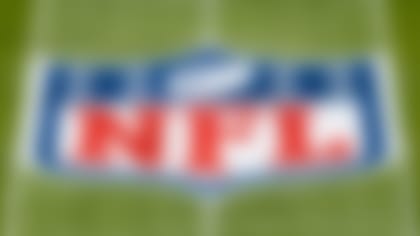The news of the New Orleans Saints operating a "bounty" program from 2009 to 2011 under defensive coordinator Gregg Williams has created quite a stir since the news broke Friday, but I will let you in on a dirty little secret: The practice is commonplace throughout the league.
While the salacious details of the "pay for performance" program certainly will draw the ire of Commissioner Roger Goodell, the act of players providing cash bonuses to their teammates for impact plays has been a part of the league's subculture for years.
From my rookie season in 1994 to my final year as a scout in 2007, I was associated with several teams that incorporated various forms of the "bounty" program cited in New Orleans. Most of those bonuses were tied to sacks, interceptions, forced fumbles and return touchdowns, but big hits and knockout shots were also included in the payouts. The financial incentives were established by players prior to the season, typically within a position group, and the payouts ranged from a few hundred dollars to $1,500 at the max.
The money used to make the payments came from fines for various mental errors on the practice field or in games, and the group would designate which players were worthy of receiving the gifts. The intent of the program was to promote accountability for players for their play on the field, while also adding a competitive element to the group.
As silly as it sounds to those on the outside, the thought of collecting a few hundred bucks from your teammates for a big play provides a bit of motivation for a player already cashing huge checks for his performance. Players have been known to shout "cha-ching" (mimicking the sound of a cash register) on the field following turnovers, and the byproduct of utilizing such a "kitty" program is better camaraderie among the group.
In addressing the damning allegations of placing bounties on opposing players, I would like to believe the Saints instituted policies that rewarded defenders for hard but clean shots that separated ball carriers from the ball. These "knockout" shots, as we called them, were not inflicted with the intent to injure, but rather to establish a physical tone that created hesitation and fear in the minds of offensive players venturing across the middle of the field.
Offensive players might scoff at the notion of intimidation impacting the game, but there is something to putting teeth-rattling collisions on tape that alters the way future opponents play the game. If you don't believe me, look at the way receivers short arm balls with defenders in close proximity, or how quarterbacks flinch with rushers bearing down on them. Simply put, big hits matter in this game, and defensive coaches and players overemphasize the importance of physicality.
To illustrate that point, I will point to an example from my time with the Kansas City Chiefs during which we routinely would reward players with framed pictures of their big hits in team meetings. This certainly didn't promote dirty play or encourage defenders to play beyond the whistle, but receiving recognition for a bone-jarring hit definitely was motivating.
The New Orleans Saints won Super Bowl XLIV behind a hard-nosed, aggressive defense that specialized in creating takeaways and pummeling opponents, and Williams' "pay for performance" system is a time-honored tradition in locker rooms across the league.
Follow Bucky Brooks on Twitter @BuckyBrooks.




